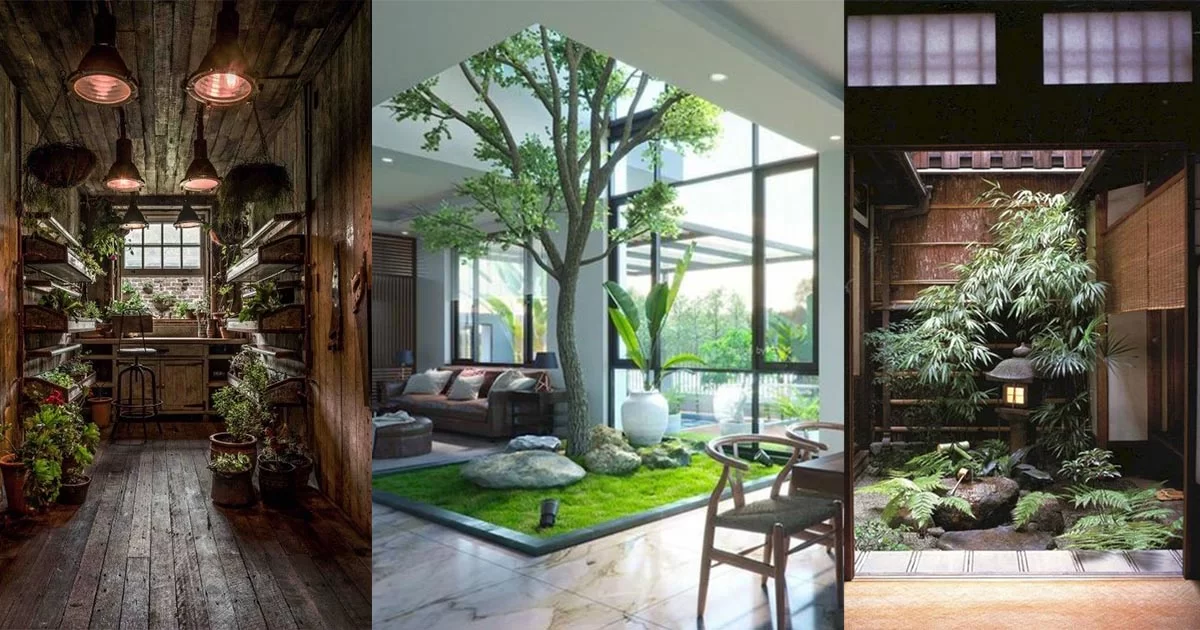

Articles
What Is An Indoor Garden Called
Modified: January 20, 2024
Discover fascinating articles on indoor gardens and learn more about this popular trend in horticulture. Explore the benefits, tips, and techniques for creating your own thriving indoor garden.
(Many of the links in this article redirect to a specific reviewed product. Your purchase of these products through affiliate links helps to generate commission for Storables.com, at no extra cost. Learn more)
Introduction
Indoor gardening, also known as indoor horticulture, has gained immense popularity in recent years. As the name suggests, indoor gardening refers to the practice of growing plants inside a controlled environment, such as homes, offices, or other indoor spaces.
The allure of indoor gardening lies in its ability to bring the beauty and benefits of nature right into our living spaces. It not only adds a touch of greenery to interior décor but also offers numerous health and wellness benefits.
Whether you have a green thumb or are simply looking to enhance your living space, understanding the ins and outs of indoor gardening can help you create a thriving and visually appealing indoor garden.
In this article, we will explore the world of indoor gardening, from its definition and benefits to the various types of indoor gardens and essential elements to consider. We will also delve into practical tips for starting and maintaining an indoor garden, common mistakes to avoid, and crucial considerations such as lighting and temperature requirements and choosing the right containers.
So, if you’re ready to embark on a journey of indoor gardening, let’s dig in and discover the wonders of cultivating nature indoors.
Key Takeaways:
- Indoor gardening offers a multitude of benefits, including improved air quality, stress relief, access to fresh produce, and decorative aesthetics, making it a delightful and fulfilling activity for enhancing indoor spaces.
- Designing an indoor garden allows for creativity and personalization, with options such as vertical gardening, themed gardens, herb walls, terrariums, and smart gardening systems, offering endless possibilities to create a visually stunning and functional indoor oasis.
Read more: What Is An Indoor Garden Room Called
Definition of an Indoor Garden
An indoor garden is a dedicated space or area within a building where plants are grown and nurtured. Unlike traditional outdoor gardening, which relies on natural sunlight and soil, indoor gardens create an artificial environment to provide the necessary light, temperature, and humidity conditions for plant growth.
Indoor gardens can take various forms, from small potted plants on windowsills to elaborate setups with specialized lighting and hydroponic systems. The key aspect of an indoor garden is its ability to recreate the natural conditions required for plants to thrive.
Indoor gardens offer a versatile and convenient way to grow plants year-round, regardless of the climate or outdoor conditions. They can be set up in homes, apartments, offices, or any indoor space, making it accessible to people with limited outdoor space or those who live in urban areas.
Moreover, indoor gardening allows you to have greater control over the environmental factors affecting plant growth. You can customize the lighting, temperature, humidity, and nutrient levels, optimizing them according to the specific needs of different plant species.
Indoor gardens can be purely functional, providing fresh herbs, vegetables, or flowers for personal use. They can also be purely decorative, adding greenery and visual appeal to an indoor space. Additionally, indoor gardens can serve therapeutic purposes, as studies have shown that being around plants can reduce stress, improve mood, and purify indoor air.
Now that we have a clear understanding of what an indoor garden is, let’s explore the many benefits it offers and how it can transform your indoor space.
Benefits of Indoor Gardening
Indoor gardening offers a plethora of benefits that go beyond simply adding a touch of nature to your indoor space. Let’s explore some of the key advantages of indulging in this rewarding hobby:
- Improved Air Quality: Indoor plants have the ability to purify the air by removing harmful toxins and releasing oxygen. They act as natural air filters, helping to create a cleaner and healthier indoor environment.
- Stress Relief: The act of gardening, even indoors, has a calming and therapeutic effect, helping to reduce stress and promote relaxation. Taking care of plants and being surrounded by greenery can provide a sense of tranquility and inner peace.
- Enhanced Mood and Wellbeing: Indoor gardening has been shown to boost mood, increase happiness, and improve overall mental health. The presence of plants has a positive impact on our psychological well-being, promoting feelings of contentment and improving our overall quality of life.
- Indoor Air Humidification: Indoor environments can often become dry, especially during the winter months. Having indoor plants can help increase humidity levels, preventing dryness and reducing the risk of respiratory problems.
- Access to Fresh Produce: Growing edible plants indoors allows you to have a continuous supply of fresh herbs, vegetables, and fruits, regardless of the season. You can enjoy the taste and nutritional benefits of homegrown produce right from your indoor garden.
- Decorative Aesthetics: Indoor gardens bring life, color, and beauty to any indoor space. They serve as natural decorations, adding visual appeal and creating a soothing ambiance. Plants can be used to enhance the overall interior design and create a calming oasis in your home or office.
- Learning Opportunity: Indoor gardening provides an opportunity to develop new skills and gain knowledge about different plant species, their growth requirements, and care techniques. It fosters a sense of curiosity and encourages continuous learning.
- Sustainable Living: By growing your own plants indoors, you contribute to a more sustainable lifestyle. Indoor gardening reduces the need for transportation, packaging, and environmental resources associated with store-bought produce.
With all these benefits in mind, indoor gardening is a delightful and fulfilling activity that allows you to enjoy nature’s wonders while reaping numerous rewards for your well-being and living space.
Types of Indoor Gardens
Indoor gardening encompasses a variety of styles and techniques, each offering unique ways to cultivate plants indoors. Let’s explore some of the most popular types of indoor gardens:
- Container Gardens: Container gardening is the most common and versatile type of indoor gardening. It involves growing plants in containers like pots, hanging baskets, or vertical planters. Container gardens allow you to easily move or rearrange plants to optimize light conditions or change the overall aesthetic of your space.
- Herb Gardens: Herb gardens focus specifically on growing culinary herbs indoors. These compact gardens can be set up on kitchen windowsills or dedicated herb racks, providing convenient access to a variety of fresh herbs for cooking and garnishing.
- Vertical Gardens: Vertical gardening maximizes space utilization by growing plants vertically along walls or using specialized vertical planters. This type of garden is ideal for small spaces or for creating a visually striking living wall, adding a dramatic element to your indoor décor.
- Hydroponic Gardens: Hydroponics is a soil-less gardening method that involves growing plants in nutrient-rich water instead. This high-tech approach utilizes techniques like nutrient film technique (NFT), deep water culture (DWC), or aeroponics. Hydroponic gardens require careful monitoring of nutrient levels and environmental conditions, but they offer efficient water usage and accelerated plant growth.
- Aquaponic Gardens: Aquaponics combines hydroponics with aquaculture, creating a symbiotic system where plants grow in nutrient-rich water supplied by fish waste. The plants filter water for the fish, and the fish waste provides nutrients for the plants. Aquaponics is an eco-friendly and self-sustaining way to grow both edible plants and fish indoors.
- Terrariums: Terrariums are self-contained glass or plastic containers that house a miniature ecosystem of plants, soil, and sometimes decorative elements. These low-maintenance gardens are perfect for small spaces, requiring minimal watering and care. They create a captivating display and add a touch of enchantment to any room.
- Green Walls: Green walls, also known as living walls or vertical gardens, are vertical installations that cover entire walls with plants. They can be created using modular panels, pocket planters, or even climbing plants trained on a trellis. Green walls make a bold design statement and provide numerous benefits, including improved air quality and temperature regulation.
- Microgreens and Sprouts Gardens: Microgreens and sprouts are young, nutritious greens that can be grown indoors in a small space. These quick-growing plants are harvested at an early stage, typically within a couple of weeks, and can be added to salads, sandwiches, or used as garnishes.
These are just a few examples of the diverse range of indoor gardens you can create. The choice depends on your preferences, available space, and the level of commitment you’re willing to invest in nurturing your indoor plants.
Now that we’ve explored the types of indoor gardens, let’s dive into the essential elements to consider when setting up your own indoor oasis.
Key Elements of an Indoor Garden
Creating a successful indoor garden requires attention to several key elements to ensure the optimal growth and well-being of your plants. Let’s delve into these essential factors:
- Lighting: Adequate lighting is crucial for indoor plants as they rely on artificial light sources in the absence of sunlight. Different plants have varying light requirements, so it’s important to match the right light intensity and duration for the specific plants in your indoor garden. Consider using full-spectrum LED grow lights or fluorescent bulbs designed for plant growth to provide the necessary light energy for photosynthesis.
- Watering: Proper watering is essential to maintain the health of your indoor plants. Each plant has different water requirements, so it’s crucial to understand their specific needs. Avoid overwatering or underwatering by checking the moisture levels in the soil regularly. The best approach is to water thoroughly and allow the soil to dry slightly between waterings, providing adequate drainage to prevent waterlogging.
- Temperature and Humidity: Indoor plants thrive in specific temperature ranges, usually between 60°F-75°F (15°C-24°C). Avoid placing plants near drafts or in extreme temperature conditions. Additionally, maintaining the appropriate humidity levels for your plants is crucial. Some plants, like tropical varieties, prefer higher humidity, while others prefer lower levels. Consider using a humidifier or pebble trays filled with water to increase humidity if needed.
- Soil and Fertilizer: Choosing the right type of soil or growing medium is vital for indoor plants. Opt for well-draining potting soil specifically formulated for indoor gardening. Regularly fertilize your plants to replenish nutrients that may be depleted from the soil. Consider using organic fertilizers or slow-release granules to provide a steady supply of nutrients without causing root burn or overfertilization.
- Air Circulation: Good airflow is essential for preventing the buildup of pests, mold, and stagnant air in your indoor garden. Place fans strategically to ensure proper air circulation, which helps strengthen plant stems and reduces the risk of diseases. Avoid placing plants too close together, as overcrowding can hinder air movement and promote moisture-related issues.
- Pest and Disease Control: Despite being indoors, plants are still susceptible to pests and diseases. Regularly inspect your plants for signs of pests such as aphids, spider mites, or mealybugs, and take appropriate measures to control them. Use organic pest control methods or insecticidal soaps to prevent the spread of pests. Additionally, ensure good hygiene by removing fallen leaves or dead plant material to prevent the onset or spread of diseases.
- Pruning and Maintenance: Regular pruning and maintenance are necessary to keep your indoor garden in optimal condition. Remove dead or yellowing leaves, trim excessive growth, and shape your plants as needed. Pruning encourages bushier growth and improves air circulation. Monitor your plants for any signs of stress or nutritional deficiencies and take appropriate action to address them promptly.
- Monitoring and Observation: Paying attention to your plants and observing their growth is crucial for ensuring their well-being. Monitor their growth patterns, observe leaf color and foliage, and notice any changes or signs of distress. Adjust environmental conditions or care practices accordingly based on your observations to ensure the best possible environment for your indoor garden.
By paying attention to these key elements and providing the necessary care, you can create a thriving indoor garden that brings beauty, tranquility, and joy to your indoor space.
Read more: What Do You Call An Indoor Garden
Popular Plants for Indoor Gardens
When it comes to selecting plants for your indoor garden, there is a wide variety of options to choose from. Whether you prefer lush foliage, vibrant blooms, or edible herbs, here are some popular plants that are well-suited for indoor gardening:
- Pothos (Epipremnum aureum): Pothos is a versatile and low-maintenance plant with heart-shaped leaves that come in various shades of green. It thrives in a wide range of light conditions and can tolerate periods of neglect, making it an ideal choice for beginners.
- Snake Plant (Sansevieria): Snake plants have long, sword-shaped leaves that are typically dark green with variegated patterns. They are renowned for their ability to purify indoor air by removing toxins such as formaldehyde and benzene.
- ZZ Plant (Zamioculcas zamiifolia): ZZ plants have glossy, dark green leaves that add a touch of elegance to any indoor space. They are known for their tolerance to low light conditions and are relatively undemanding in terms of care.
- Spider Plant (Chlorophytum comosum): Spider plants are known for their arching, variegated leaves and elegant cascading stems. They are easy to care for, adaptable to different light conditions, and produce small plantlets that can be propagated to create new plants.
- Peace Lily (Spathiphyllum): Peace lilies are prized for their attractive white bracts, which resemble flowers. They thrive in low to medium light conditions and are excellent air purifiers, making them a popular choice for improving indoor air quality.
- Herbs (Basil, Mint, Rosemary, etc.): Growing herbs indoors is a great way to have a fresh supply of flavorful ingredients for cooking. Herbs like basil, mint, rosemary, and parsley can be grown in small pots on windowsills or under grow lights, providing both aesthetic appeal and culinary benefits.
- Ferns (Boston Fern, Maidenhair Fern, etc.): Ferns are known for their delicate fronds and lush green foliage. They require higher humidity levels and indirect light, making them suitable for bathrooms or spaces with natural humidity, or when paired with a humidifier.
- Aloe Vera: Aloe vera is a succulent plant known for its gel-filled leaves with medicinal properties. It requires bright, indirect light and minimal watering, making it a practical and attractive addition to indoor gardens.
- Orchids: Orchids come in a wide range of colors and varieties, and their exotic blooms add a touch of elegance to any indoor space. They do require specific care, including proper watering and light conditions, but with the right attention, they can be immensely rewarding.
These are just a few examples of the many plants that thrive indoors. When selecting plants for your indoor garden, consider their light requirements, maintenance needs, and your preferences in terms of appearance and purpose. Always choose plants that align with your level of commitment and the conditions you can provide.
Now that you have an idea of popular plants, let’s explore some practical tips for starting and maintaining your indoor garden.
Tips for Starting and Maintaining an Indoor Garden
Starting and maintaining an indoor garden can be a rewarding and enjoyable experience. To ensure success, here are some essential tips to help you get started and keep your indoor garden thriving:
- Assess Light Conditions: Determine the light conditions in your indoor space as different plants have varying light requirements. Place plants that require high light near windows or under grow lights, while low-light plants can be placed in shadier corners of the room.
- Choose the Right Containers: Select containers with drainage holes to prevent overwatering. Ensure the size of the container matches the growth requirements of the plant. For larger plants, choose heavier pots to provide stability.
- Use Well-Draining Soil: Invest in a good quality potting soil that promotes proper drainage. Soil that retains too much water can lead to root rot and other moisture-related issues.
- Water Properly: Avoid overwatering by allowing the soil to dry between waterings. Use the “finger test” by checking the top inch of soil – if it feels dry, it’s time to water. Ensure thorough watering by allowing water to flow through the drainage holes, eliminating any excess water.
- Provide Adequate Humidity: Increase humidity levels for plants that require higher humidity by using a humidifier or placing plants on trays filled with water and pebbles. Grouping plants together can also create a microclimate with increased humidity.
- Fertilize Appropriately: Feed your plants with a balanced fertilizer suitable for indoor plants. Follow the recommended dosage and frequency as over-fertilization can harm plants. Consider using organic fertilizers for a more natural approach.
- Monitor Temperature: Be mindful of the temperature in your indoor space, ensuring it falls within the ideal range for the plants you’re growing. Avoid placing plants near drafts, heating vents, or air conditioning units that can cause temperature fluctuations.
- Prune and Trim Regularly: Remove dead or yellowing leaves, trim excessive growth, and shape your plants to encourage healthy, bushy growth. Pruning also helps maintain proper airflow and minimizes the risk of pests and diseases.
- Rotate and Rearrange: Rotate plants periodically to ensure even light exposure on all sides. Rearranging plants also allows you to make adjustments based on their growth patterns and overall aesthetics of your indoor garden.
- Watch for Pests and Diseases: Regularly inspect your plants for signs of pests like aphids or spider mites. If detected, take appropriate measures such as using organic pest control methods or insecticidal soaps to prevent the infestation from spreading.
- Research and Learn: Expand your knowledge about the plants you’re growing. Understand their specific care requirements, growth habits, and common issues they may face. This will help you provide the best possible care and address any problems that may arise.
Remember, each plant is unique, so it’s essential to tailor your care routine to their specific needs. With a little patience, attention to detail, and experimentation, you’ll be able to create and maintain a thriving indoor garden that brings joy and beauty to your living space.
Now that you’re equipped with these tips, you’re ready to embark on your indoor gardening journey!
Common Mistakes to Avoid in Indoor Gardening
Indoor gardening can be a rewarding and fulfilling hobby, but it’s important to be aware of common mistakes that can hinder the success of your indoor garden. By avoiding these pitfalls, you can ensure the health and vitality of your plants. Here are some common mistakes to watch out for:
- Overwatering: One of the most common mistakes is overwatering plants. It’s important to understand that not all plants have the same water requirements. Always check the moisture level of the soil before watering and ensure that the soil has dried out slightly between waterings.
- Insufficient or Inadequate Lighting: Light is essential for plant growth, and insufficient light can lead to leggy, weak plants. Ensure that your plants are receiving the appropriate amount and intensity of light for their specific needs. Consider providing supplemental lighting with LED grow lights if natural light is limited.
- Using the Wrong Type of Soil: Using the wrong type of soil can lead to drainage issues or nutrient deficiencies. Choose a well-draining potting mix specifically formulated for indoor plants. Avoid using garden soil, as it may compact and hinder root growth.
- Ignoring Pests and Diseases: Pests and diseases can quickly spread and cause significant damage to your indoor plants. Regularly inspect your plants for any signs of pests or diseases and take immediate action. Use organic pest control methods or seek advice from local garden centers if needed.
- Overcrowding: Overcrowding plants not only limits their access to light and airflow but also increases the risk of pests and diseases. Provide sufficient space between plants to allow proper growth and circulation. If necessary, repot or divide plants to give each one room to thrive.
- Using the Wrong Size Pot: Choosing pots that are either too large or too small for your plants can lead to problems. Plants can become root-bound in pots that are too small, while pots that are too large can retain excess moisture. Select pots that provide enough room for the plant to grow but are not excessively large.
- Not Adjusting for Seasonal Changes: Indoor environments can be relatively stable, but seasonal changes still affect plant growth. Adjust your watering, fertilizing, and light conditions accordingly as the seasons change. Be mindful of temperature and humidity fluctuations as well.
- Neglecting Regular Maintenance: Regular maintenance is essential for the health of your indoor garden. Neglecting tasks such as pruning, trimming, and removing spent flowers or leaves can lead to decreased plant vigor and increased susceptibility to pests or diseases.
- Overfertilizing: It’s easy to think that providing more fertilizer will lead to better plant growth, but overfertilizing can cause nutrient burn and damage the roots. Follow the recommended dosage on the fertilizer packaging and be mindful of the specific requirements of your plants.
- Not Researching Plant Needs: Each plant has its own specific requirements in terms of light, water, humidity, and temperature. It’s important to research and understand the needs of each plant in your indoor garden. This will help you provide the optimal growing conditions for their well-being.
By avoiding these common mistakes and implementing proper care practices, you can set yourself up for success in indoor gardening. Remember to observe your plants closely, adapt your care routine as needed, and seek guidance from fellow gardeners or professionals if you encounter challenges along the way.
Now that you’re aware of these common pitfalls, you can confidently nurture your indoor garden and enjoy the beauty and rewards it brings.
Lighting and Temperature Requirements for Indoor Gardens
Lighting and temperature are two critical factors that significantly impact the growth and health of indoor plants. Understanding the lighting and temperature requirements of your plants is essential for creating an optimal environment for their well-being. Here are some key considerations for lighting and temperature in indoor gardening:
Read more: What Is An Indoor Patio Called
Lighting Requirements:
Proper lighting is crucial for plant growth as it drives the process of photosynthesis. Different plants have varying light requirements, and providing the right amount and intensity of light is essential. Here are some key points to keep in mind:
- Natural Light: Most plants thrive when placed in a bright location with indirect sunlight. South or southwest-facing windows often provide the best natural light conditions. Observe how sunlight moves throughout the day to determine if your plants receive sufficient light.
- Supplemental Lighting: If your indoor space lacks natural light or if you’re growing plants that have high light requirements, consider using supplemental lighting. LED grow lights are an efficient and popular choice as they emit the specific light wavelengths needed for photosynthesis. Position the lights at an appropriate distance from the plants to avoid heat stress or burning.
- Light Duration and Intensity: The duration of light exposure depends on the plant species. Most plants require about 12-16 hours of light per day during the growth phase. Some plants, like succulents or cacti, benefit from a period of darkness to simulate their natural environment. Adjust the distance and intensity of the light source based on the plant’s specific light requirements.
- Lighting Placement and Rotation: Rotate your plants regularly to ensure even light distribution on all sides. As plants grow towards the light source, rotating them prevents one-sided growth. If using natural light, be mindful of possible sunburn on leaves and move plants slightly away from direct sunlight if necessary.
Temperature Requirements:
Similar to lighting, temperature plays a vital role in plant growth and development. Different plants have specific temperature preferences, and maintaining the right temperature range is crucial. Here are some temperature-related tips for your indoor garden:
- Average Temperature: Most indoor plants thrive in temperatures between 60°F-75°F (15°C-24°C). However, some plants may have specific temperature requirements, such as tropical plants that prefer higher temperatures. Ensure that the temperature in your indoor space falls within the acceptable range for the plants you are growing.
- Avoiding Extreme Conditions: Avoid placing your plants near drafts, heating vents, or air conditioning units, as sudden temperature fluctuations can stress plants. Extreme temperatures, whether too hot or too cold, can cause damage or even kill your indoor plants.
- Seasonal Adjustments: Take into account seasonal changes and adjust the temperature as needed. During winter, be cautious of cold drafts near windows, and during summer, protect plants from excessive heat and direct sunlight. Using curtains or blinds can help regulate temperature fluctuations.
- Humidity Considerations: Temperature and humidity often go hand in hand. Some plants, particularly tropical species, prefer higher humidity levels. Placing a humidifier nearby or using pebble trays filled with water can help increase humidity for humidity-loving plants.
It’s important to note that each plant species may have specific lighting and temperature preferences. Researching the particular needs of your plants will guide you in providing the optimal lighting and temperature conditions for their growth and well-being.
By paying attention to lighting and temperature requirements, you can create an indoor garden where plants thrive and flourish. Remember to monitor your plants regularly, make necessary adjustments, and enjoy watching your indoor garden thrive in its ideal environment.
Choosing the Right Containers for Indoor Gardening
Choosing the right containers is crucial for the success of your indoor garden. The container you select not only affects the visual appeal of your plants but also plays a role in their overall health and growth. Consider these factors when choosing containers for your indoor plants:
Size and Drainage:
Containers should provide adequate space for the plant’s roots to grow. A container that is too small can restrict root growth and lead to stunted plants, while one that is too large can hold too much moisture and cause root rot. Ensure there is enough room for the plant to grow, but not excessive room that can lead to overwatering.
Additionally, proper drainage is essential to prevent waterlogging. Select containers with drainage holes at the bottom to ensure excess water can escape. Without proper drainage, roots can suffocate, leading to root rot and eventual plant death.
Read more: What Is A Hydroponic Garden
Material:
The material of the container can impact water retention, insulation, and overall aesthetics. Here are some common container materials for indoor gardening:
- Terra Cotta: Terra cotta or clay pots are popular for their porous nature, which allows for better air circulation and moisture regulation. However, they can dry out relatively quickly, so plants in terra cotta pots may require more frequent watering. These containers provide a rustic and natural aesthetic.
- Ceramic: Ceramic pots are often chosen for their decorative appeal. They come in various colors, shapes, and designs, adding a touch of elegance to your indoor garden. Ensure that ceramic pots have drainage holes or use them as decorative covers for plastic pots with drainage.
- Plastic: Plastic pots are lightweight, affordable, and retain moisture well. They often have built-in drainage holes and are easy to clean. However, plastic containers don’t breathe as well as clay pots, so it’s crucial to avoid overwatering. Plastic pots also come in a wide range of sizes, colors, and styles.
- Decorative Containers: You can also repurpose various containers, such as mason jars, decorative tins, or vintage teacups, for small plants or succulents. Ensure that these containers have proper drainage or consider using them as cache pots, where you insert a plastic or clay pot with drainage into the decorative container.
Style and Aesthetic:
The style and aesthetic of your containers can enhance the overall visual appeal of your indoor garden. Consider the interior decor of your space and choose containers that complement it. You can opt for a cohesive theme with matching pots or create an eclectic mix with different styles and sizes.
Additionally, consider the height and proportion of the containers in relation to the plants. Taller plants may require taller pots for stability, while smaller plants may thrive in shallow containers.
Remember, when selecting containers, prioritize functionality, such as proper drainage and sufficient space for roots, but don’t forget to let your creativity flourish and choose containers that reflect your personal style and add to the beauty of your indoor garden.
By choosing the right containers, you provide a healthy and suitable environment for your indoor plants to thrive. Your plants will not only flourish but will also add a touch of charm and personality to your indoor space.
Indoor Garden Design Ideas
Creating a well-designed indoor garden can transform your living space into a vibrant and calming oasis. Whether you have a small apartment or a spacious home, here are some inspiring design ideas to help you create a beautiful and functional indoor garden:
Vertical Gardening:
Vertical gardening is an excellent option for maximizing space utilization and adding a striking visual element to your indoor garden. Consider installing modular vertical planters on a wall to create a living green wall. You can also use hanging baskets or floating shelves to display cascading plants and create a sense of depth and dimension.
Read more: What Is The Best Indoor Garden System
Theme-based Gardens:
Design your indoor garden around a specific theme to create a cohesive and visually appealing space. For example, you can create a lush tropical garden with large leafy plants, such as Monstera or Bird of Paradise. Or, opt for a minimalist Japanese-inspired garden with Zen elements like bonsai trees and moss gardens.
Herb Wall or Window Garden:
Utilize vertical space by creating an herb wall or window garden in your kitchen or near a sunny window. Install shelves or hanging planters to grow a variety of herbs, such as basil, thyme, and mint. Not only will it provide fresh herbs for cooking, but it will also add a refreshing touch to your culinary space.
Terrariums and Miniature Gardens:
Create captivating displays with terrariums or miniature gardens. These self-contained ecosystems can be nestled on a tabletop or floating shelf. Use various plant varieties, decorative stones, and miniature figurines to create a whimsical and enchanting display.
Indoor Water Gardens:
Add a touch of tranquility to your indoor garden with a serene water feature. Install a tabletop fountain or a small water garden with aquatic plants like water lilies or moss balls. The sound of running water and the presence of aquatic plants will create a soothing ambiance in your space.
Read more: How To Start An Indoor Garden
Smart Indoor Gardens:
Embrace technology with smart indoor gardens that incorporate hydroponic or aeroponic systems. These high-tech gardens use sensors and automated controls to regulate water, light, and nutrients, allowing for efficient and precise plant growth. Integrate these systems into your space, creating a sleek and futuristic indoor garden.
Succulent and Cacti Gardens:
If you prefer low-maintenance plants, create a stunning succulent or cacti garden. Mix and match different varieties of succulents and cacti in various shapes, textures, and colors. Arrange them in decorative planters or terracotta pots for an eye-catching desert-themed indoor garden.
Remember to consider the lighting requirements of your plants when designing your indoor garden. Pay attention to the layout and arrangement of your plants, keeping taller ones in the back and smaller ones in the front for optimal visibility.
Don’t be afraid to experiment and personalize your indoor garden design to suit your taste and preferences. Let your creativity run wild and transform your indoor space into a lush and captivating sanctuary.
With these design ideas, you can create an indoor garden that not only brings a sense of tranquility but also adds a unique touch to your home or office.
Conclusion
Indoor gardening is a wonderful way to bring the beauty and benefits of nature into your home or office. Whether you have a spacious room or a small apartment, there are endless possibilities for creating a thriving and visually appealing indoor garden.
In this article, we explored the definition of indoor gardening and the numerous benefits it offers, including improved air quality, stress relief, and access to fresh produce. We discussed various types of indoor gardens, such as container gardens, vertical gardens, and hydroponic systems, each offering unique opportunities for cultivating plants indoors.
We also examined the key elements of an indoor garden, emphasizing the importance of lighting, watering, temperature, and proper soil. Understanding these elements is crucial for maintaining healthy and thriving plants.
Additionally, we highlighted popular plants for indoor gardens, including pothos, snake plants, herbs, and orchids. These plant species provide beauty, health benefits, and culinary delights to enhance your indoor space.
To ensure success in indoor gardening, we provided practical tips such as monitoring light and temperature, avoiding common mistakes, and choosing appropriate containers. These insights will guide you in creating a nurturing environment for your indoor plants.
Furthermore, we discussed design ideas for indoor gardens, encouraging creativity and personalization. From vertical gardens and themed gardens to succulent arrangements and smart gardening systems, these design concepts allow you to create a visually stunning and functional indoor oasis.
In conclusion, indoor gardening offers a unique opportunity to connect with nature and create a serene and beautiful indoor space. Whether you’re a seasoned gardener or just starting out, with the right knowledge, care, and creativity, you can cultivate a thriving indoor garden that brings joy, tranquility, and a touch of nature to your everyday life.
So, let your love for gardening blossom indoors and embark on the journey of creating your own indoor garden, where nature flourishes and enhances your living space.
Frequently Asked Questions about What Is An Indoor Garden Called
Was this page helpful?
At Storables.com, we guarantee accurate and reliable information. Our content, validated by Expert Board Contributors, is crafted following stringent Editorial Policies. We're committed to providing you with well-researched, expert-backed insights for all your informational needs.
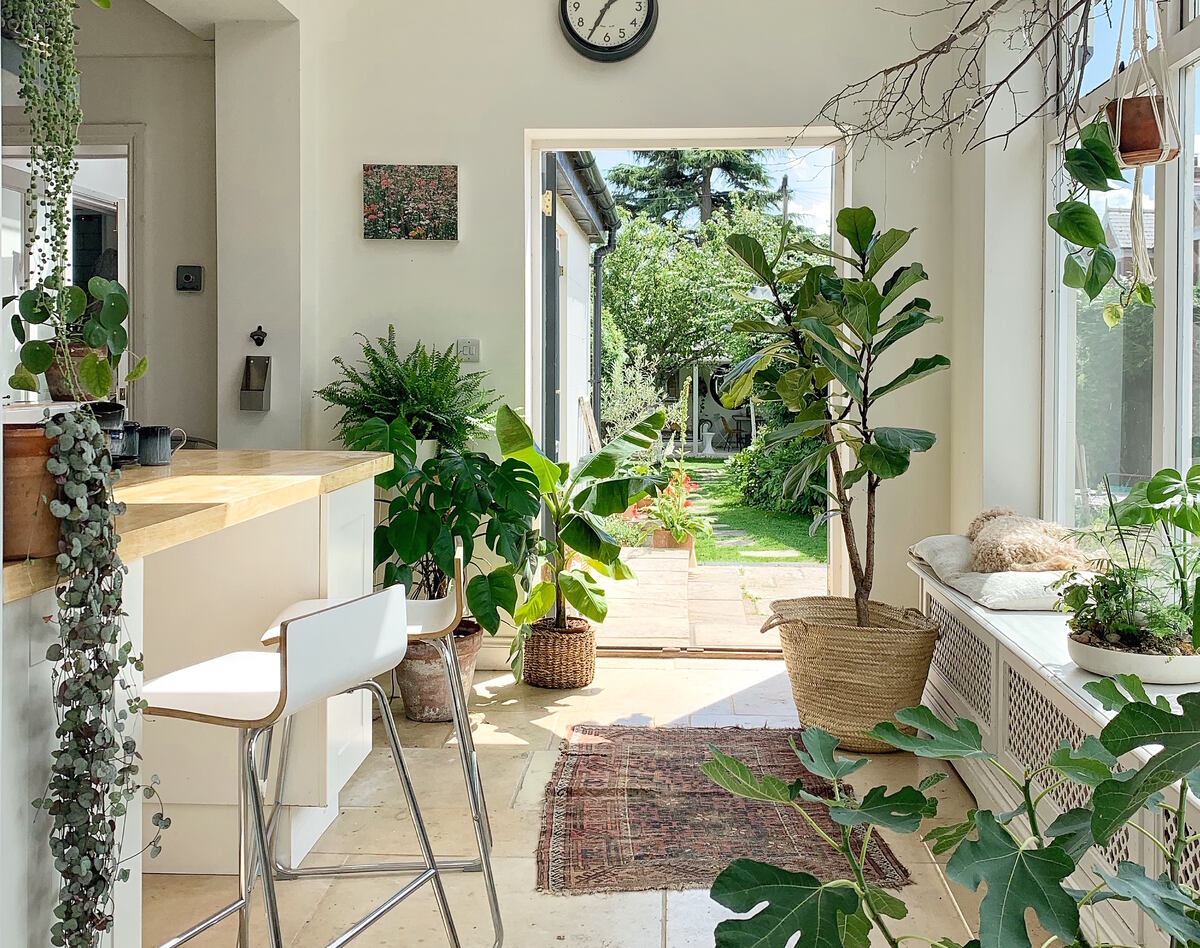
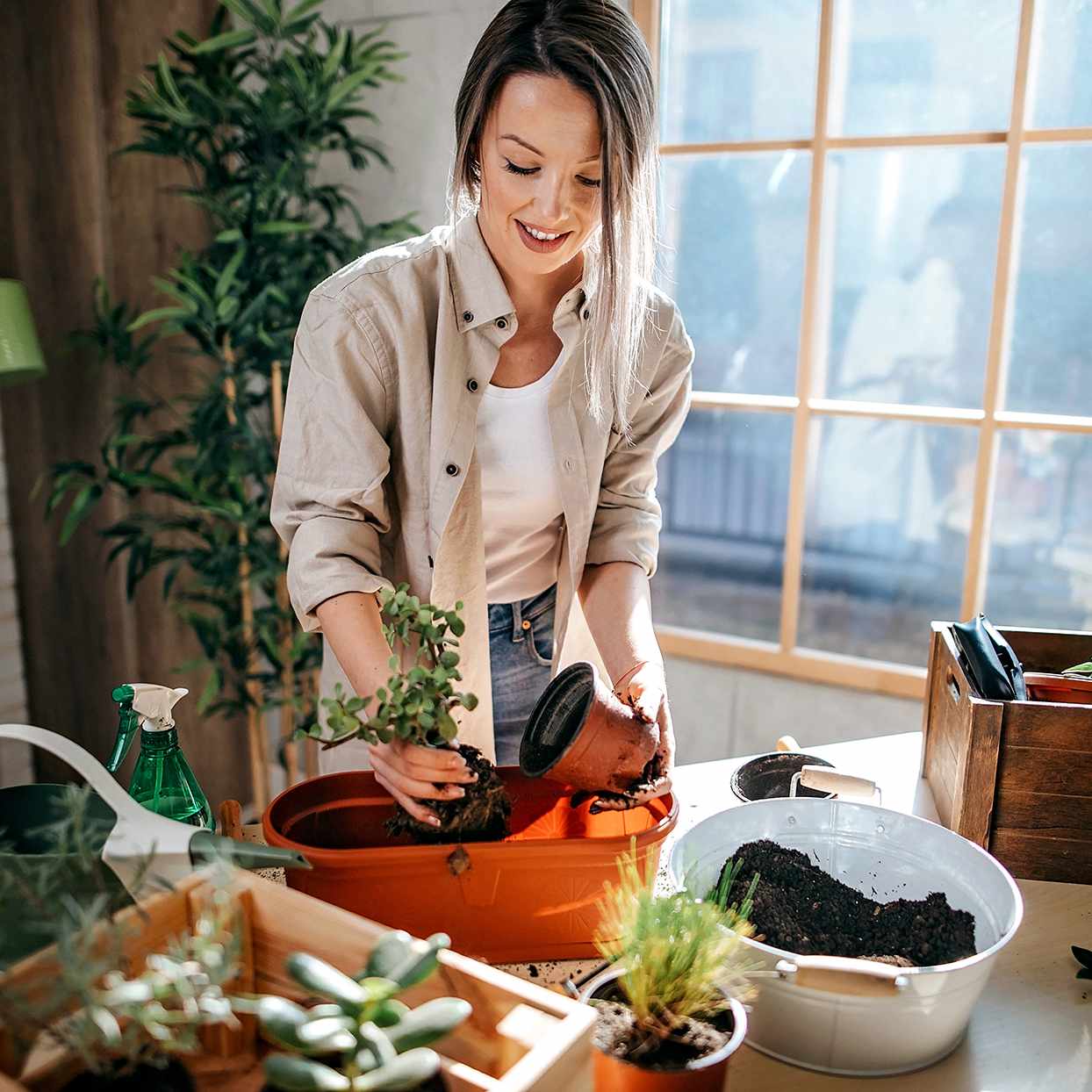
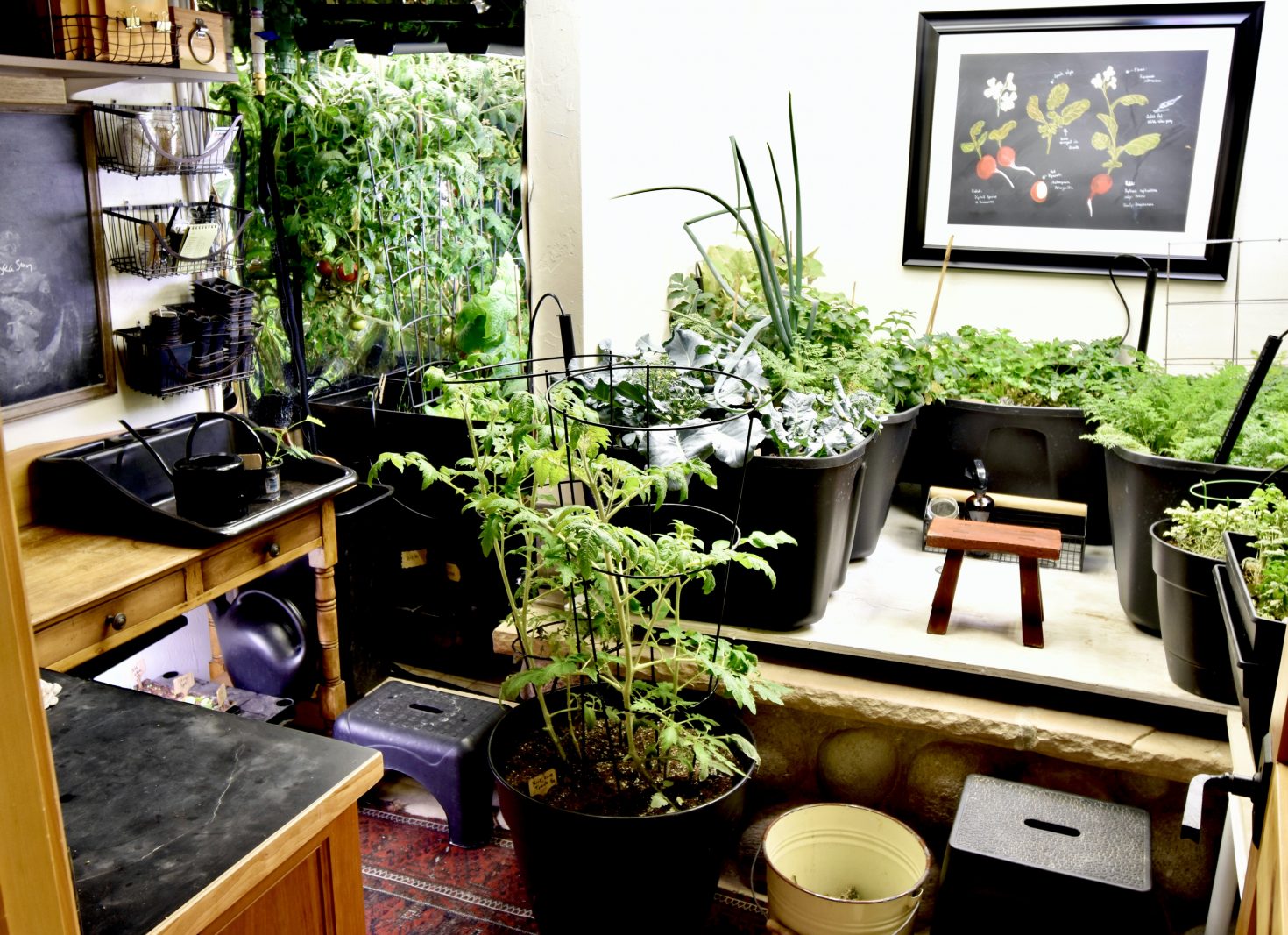
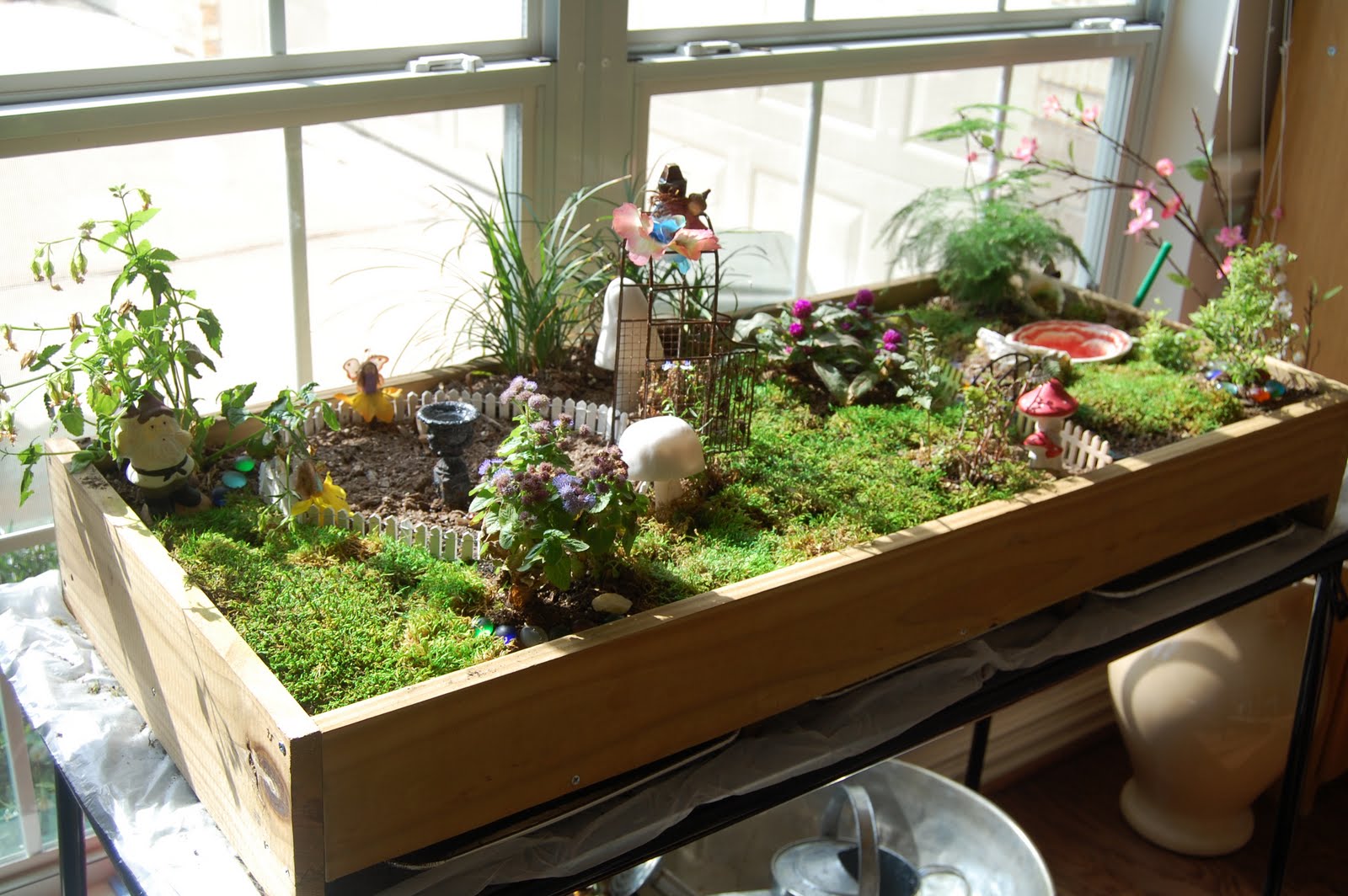
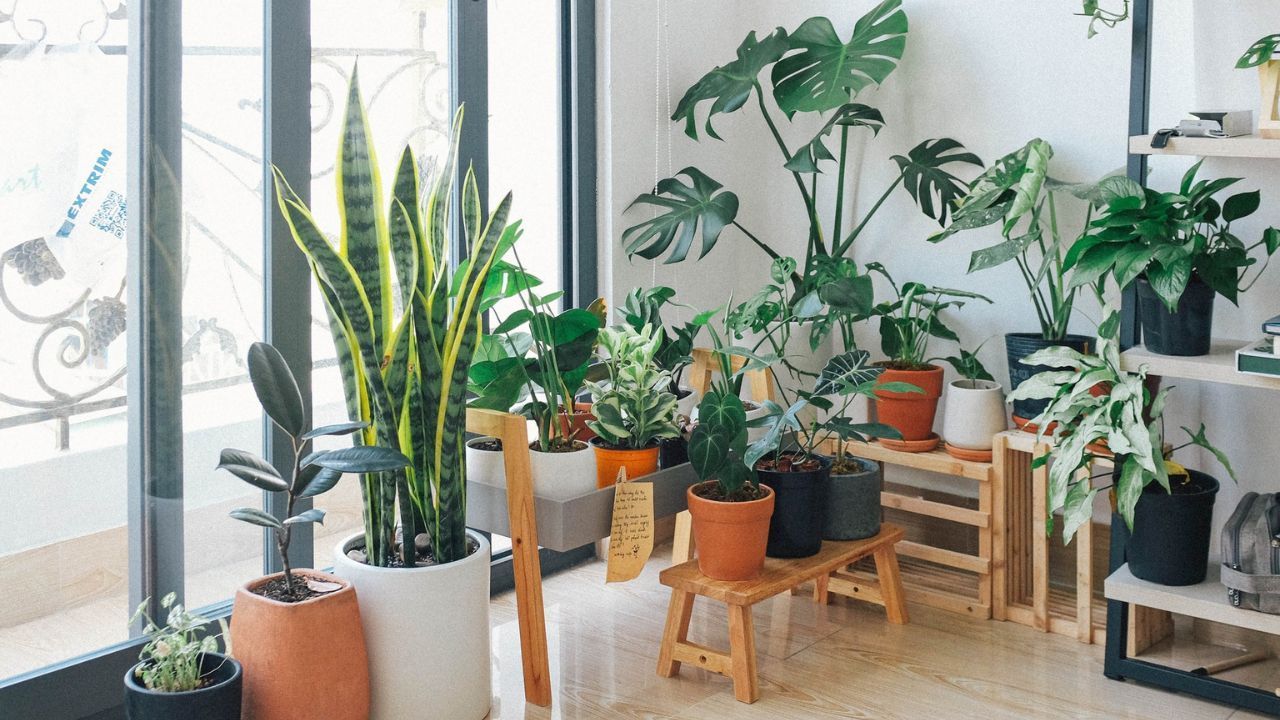
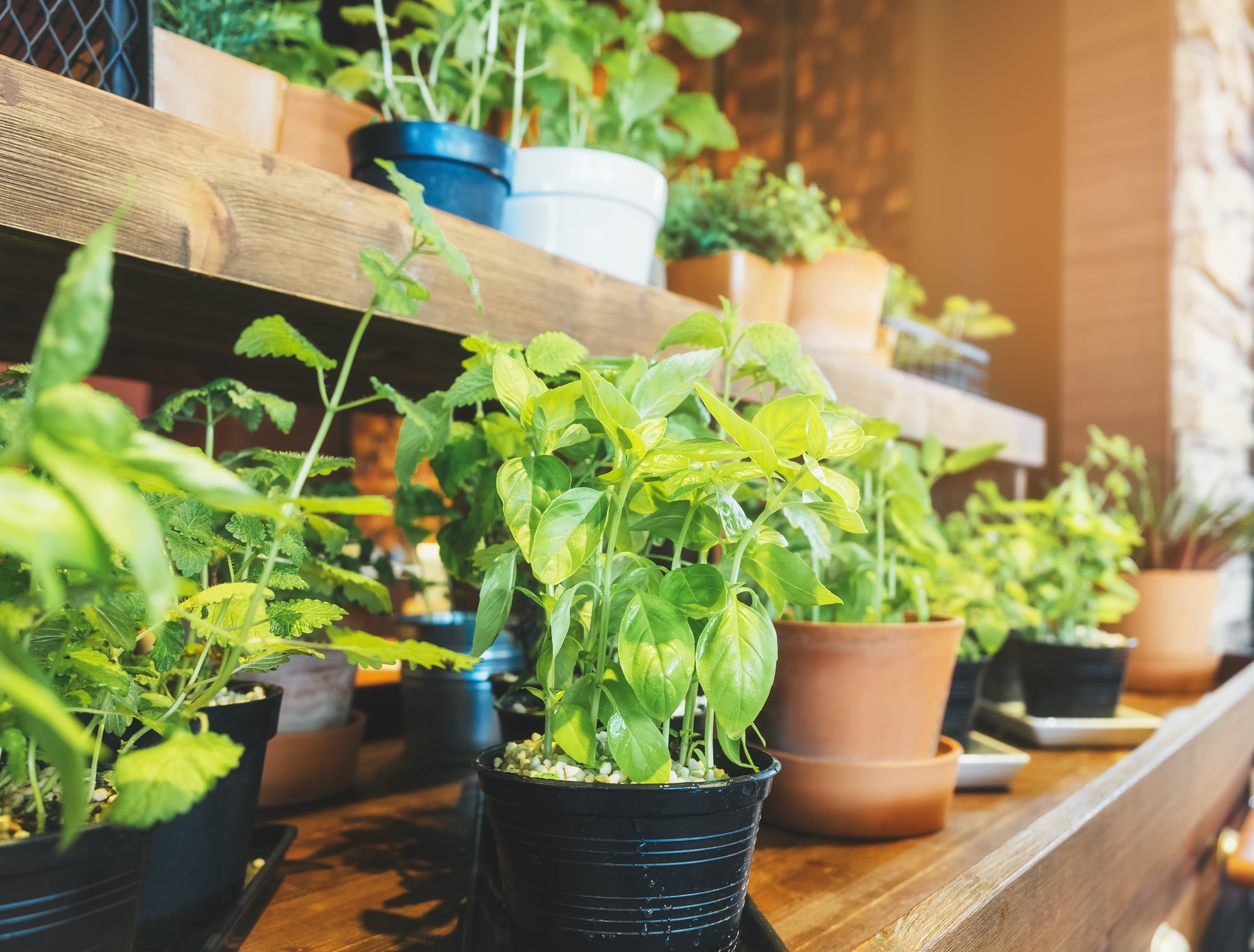
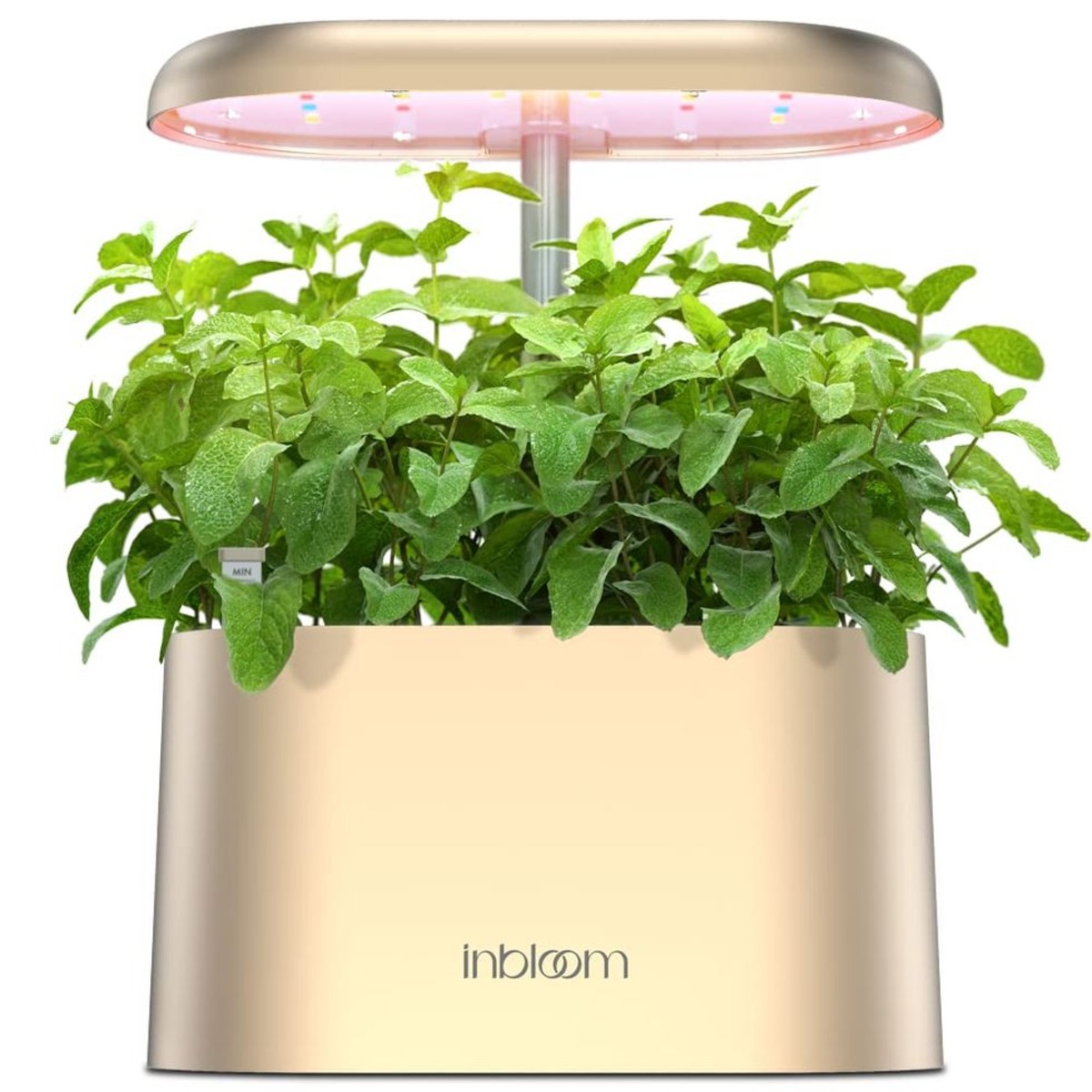
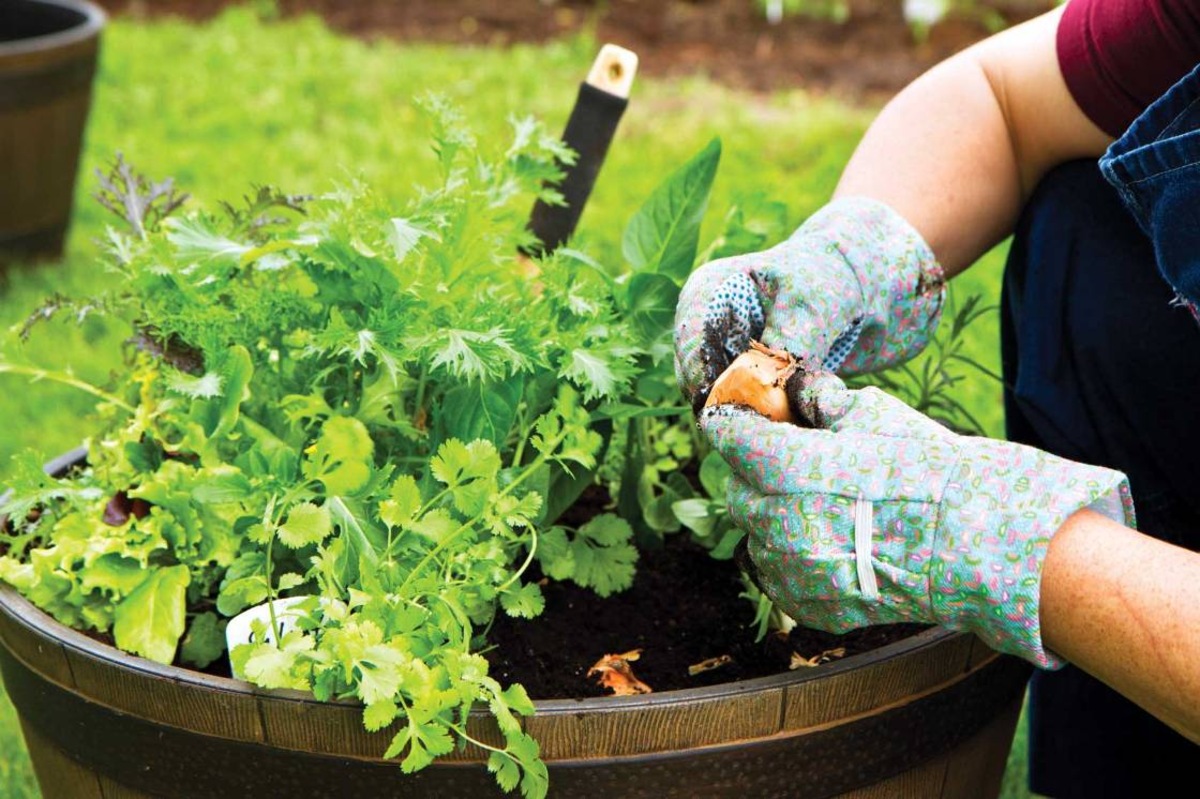
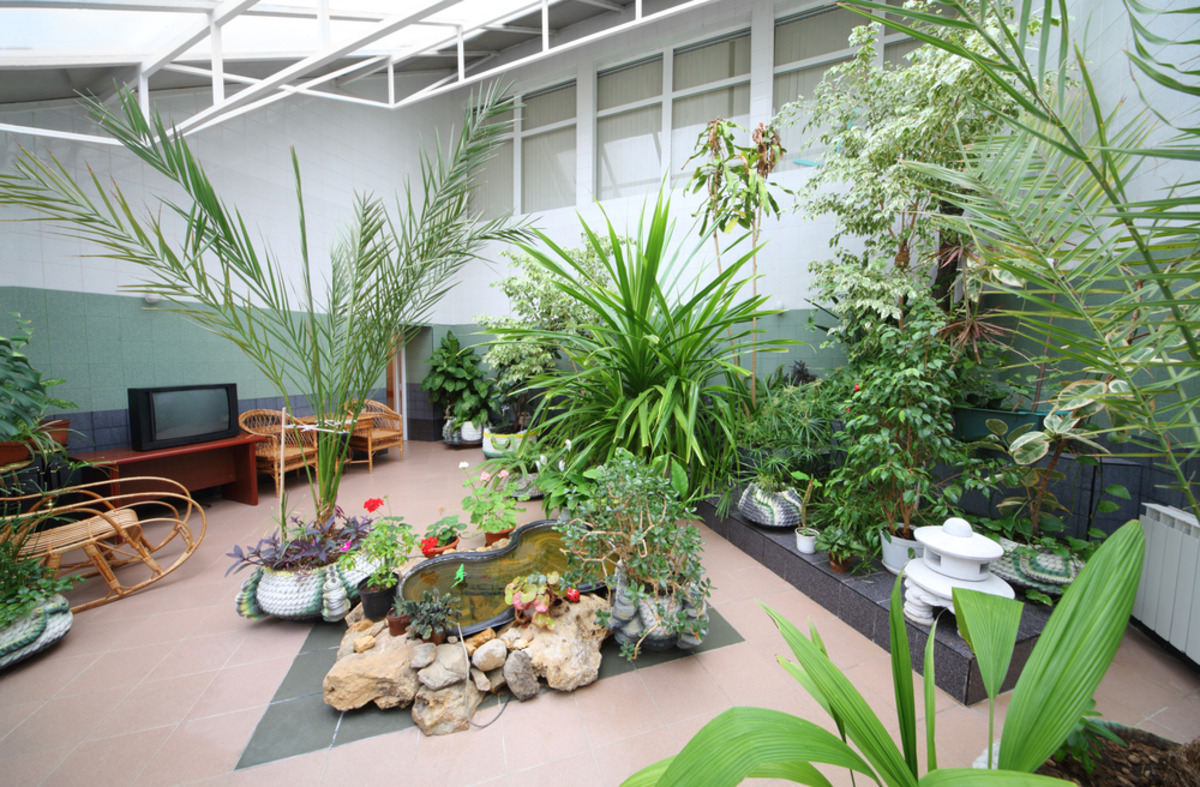
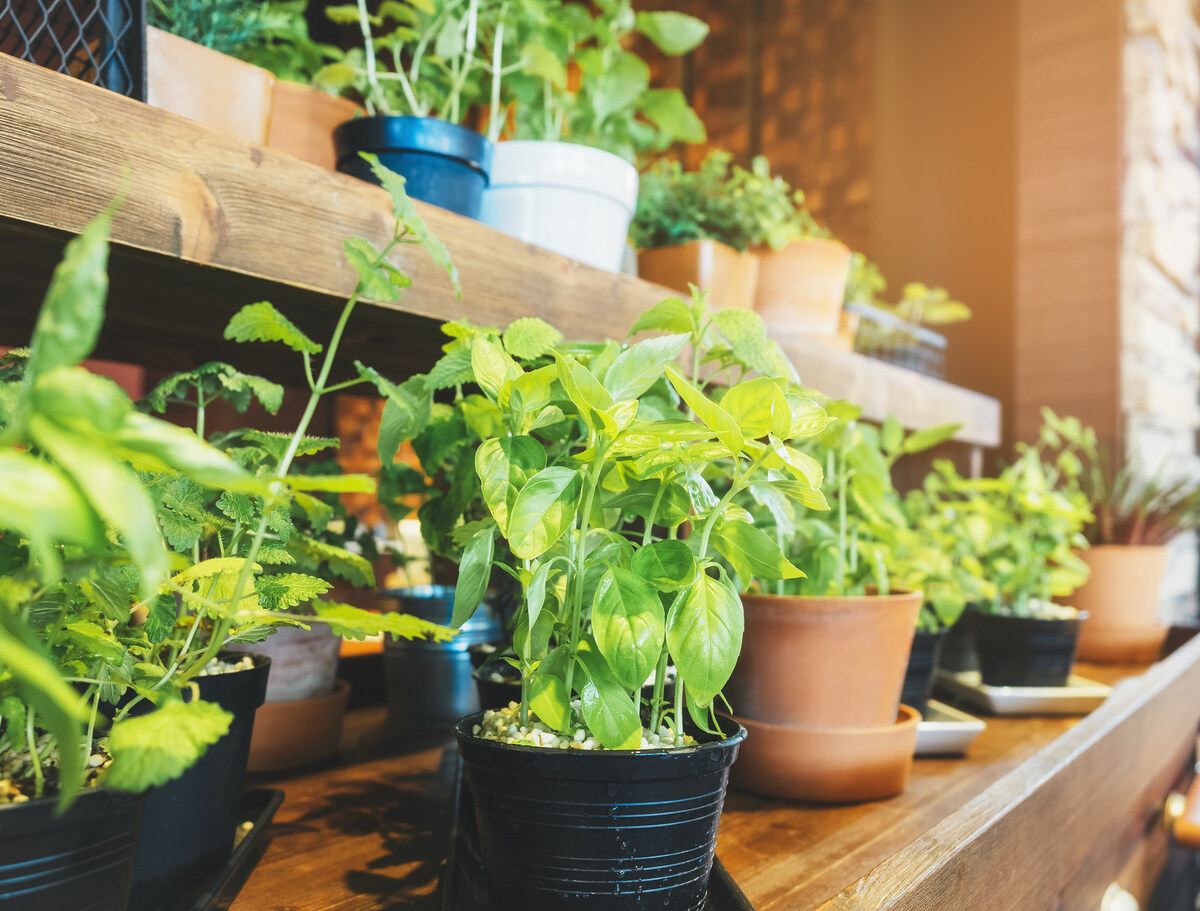

0 thoughts on “What Is An Indoor Garden Called”